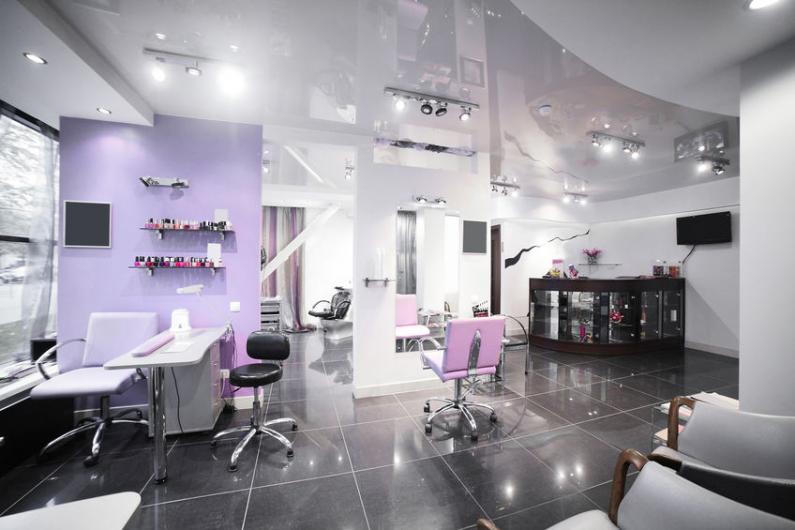
One of the fundamental principles of good lighting design is the ability to think in layers and then bring it all together in a pleasing finish. This is much easier to say than actually do as you'll see below - which is why we're called on for our expertise. Also, the layers that you think might work in principle might actually 'fight' in a lighting scheme and the effects you intended to achieve might get lost. Having years of experience, we can advise and work with you to make sure that your lighting layers work in exactly the way you want them to.
So what do we mean by layers? It's useful to know that lighting needs to cover a range of uses and these are the strands we need to identify and pull together in an effective design. Commonly referred to as ambient, task and accent, the layers of lighting provide form and function, flexibility and ultimately an aesthetically pleasing look. You need lighting to work for you in a few different ways which is why there are different kinds to understand.
Ambient lighting is the base lighting that provides your general level of light. This takes into account the amount of natural lighting you have coming in to the space and should be able to be adjusted throughout the day and night as needed. It's no good having the perfectly lit room in the morning only for it to be too dark as the day progresses. Smart buildings will work with you on this and adapt automatically if you are prepared to consider this level of investment. If not, it's a good idea to make sure your ambient lighting is generous and flexible so your base layer continually provides the ideal foundation to your task and accent lighting.
Task lighting allows you to focus on specific places in your space where additional light is needed. Look at where you are currently sitting and look around. In this office there is a good, warm ambient base with anglepoise lamps on two desks. The emergency exits signs have strong lighting and the coffee area is well lit. This is quite a basic example but gives you an idea of our meaning. Task lighting provides a sharper focus and more intense light where it is most needed.
Accent lighting is the fun part. Generally it should be at least twice as bright, if not three times as bright as your other lighting so it really contrasts. You can use it to draw attention to features, artwork or parts of the room you want to show off. Recessed accent lighting works well, as does tracked lights as you can move and adapt them according to your needs.
In a bar, for example, the ambient lighting might be always quite low, dimly lit to create atmosphere with specific task lighting behind the bar area, highlighting exits and cloakrooms, Accent lighting might be introduced to provide interest, reflect the bar's branding and complement the colour scheme. However in the daytime the bar might be used as a meeting place or coffee shop so the ambient lighting would be increased, task lighting less obvious and just a little accent lighting. If you need to operate flexibly, your lighting needs to support that.
The colours you choose to employ in your scheme and the levels at which you pitch your lights are all very important aspects to consider once you have your lighting layers in place. You can imagine that the combinations of your ambient, task and accent lights are unlimited, especially if you are working with more than one kind of each. Once you have the mix correct for different times of day it's a good idea to have these on a system that presets each one so it's easy to work with. In a commercial setting, where time is precious, you don't want to have to work it out manually every time you want the lights on!
Talk to us, managing your lighting is what we do.
